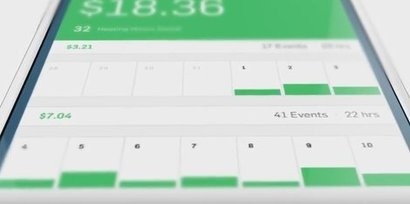
Tendril has announced Orchestrated Energy, the first cloud software solution enabling utilities to optimise system operation and customer comfort. It is a Continuous Demand Management (CDM) solution that calculates a home’s thermal mass, predicts consumer behaviour and integrates with smart thermostats, and soon other classes of devices, to create a unique dispatch schedule for every home, for every day.
In pilot programmes with some of the largest utilities in North America, Orchestrated Energy reduced HVAC peak load by up to 50 percent and lowered energy consumption from cooling by up to 20 percent. These results will help proliferate the adoption of smart thermostats and other Distributed Energy Resources (DERS), making Orchestrated Energy the first truly comprehensive home energy management platform.
“Orchestrated Energy is the final piece of a vision we have been pursuing for more than a decade” said Adrian Tuck, CEO, Tendril. “We’ve introduced leading solutions that allow our utility partners to provide a seamless multi-channel consumer experience; and now, continuously manage demand to both solve today’s network challenges and allow energy providers to play a central role in the connected home. With Orchestrated Energy, we have rationalised the grid edge and made it work for all ecosystem players so the energy industry can define its own future.”
Over the past few years, smart thermostats have become an increasingly important entry point to the connected home. Accenture predicts 55 million smart thermostats will be installed in homes across North America by 2025. Although smart thermostats have been an important breakthrough, significant untapped potential remains. Fully leveraging the capability of smart thermostats - and ultimately other DERS - lies in the utility’s ability to continuously manage demand and become the energy optimizer of the connected home.
Orchestrated Energy has been designed to provide detailed insight into home characteristics, weather patterns and consumer behaviours. It achieves twice the energy efficiency savings of a smart thermostat alone, delivers three times the peak demand reduction from HVAC and creates a path to manage other devices and DERS, such as water heaters, pool pumps, rooftop solar, electric vehicles and storage systems. As a result, it helps utilities deliver Customer-Optimised Demand Response (CODR) programmes today while preparing for a future dominated by DERS.
For additional information:

